Smart home lighting is one of the most transformative aspects of modern home automation. Whether you are looking to enhance security, improve energy efficiency, or create a more comfortable living space, smart lighting systems can make a significant difference. In this comprehensive guide, we will explore everything you need to know about smart home lighting systems, including my personal experiences with various products and setups.

Why Smart Home Lighting Matters
Lighting plays a crucial role in setting the mood, enhancing security, and conserving energy. With the advancement of smart home technology, lighting has become more than just a way to illuminate spaces—it’s now an integral part of a connected home. Smart lighting systems allow for automation, voice control, and remote access, giving homeowners unprecedented control over their lighting environment.
My Experience with Smart Home Lighting
As someone deeply involved in the smart home industry, I have tested and installed various smart lighting products in different home environments. My personal experiences have provided valuable insights into what works best for different scenarios. From budget-friendly smart bulbs to high-end integrated lighting systems, I’ve experimented with numerous solutions and will share my findings in this guide.
Experimenting with Different Smart Lighting Brands
Over the years, I have used and tested products from brands like Philips Hue, LIFX, TP-Link Kasa, Nanoleaf, and Lutron Caseta. Each brand has its strengths and weaknesses, and I’ll break down my experiences with these systems in different use cases.
Types of Smart Lighting Systems
1. Smart LED Light Bulbs
These bulbs can be controlled via a smartphone app, voice commands, or automation settings. Brands like Philips Hue, LIFX, and TP-Link Kasa offer excellent options. Some of these bulbs support millions of colors and dimming features, making them perfect for mood lighting.
Technical Comparison:
| Feature | Philips Hue | LIFX | TP-Link Kasa |
|---|---|---|---|
| Connectivity | Zigbee, Bluetooth | Wi-Fi | Wi-Fi |
| Color Options | 16M colors | 16M colors | RGB & White |
| Hub Required | Yes (Zigbee) | No | No |
| Lifespan | 25,000 hours | 22,000 hours | 15,000 hours |
2. Smart Light Switches and Dimmers
For those who prefer a more integrated solution, smart switches and dimmers can replace traditional light switches, allowing you to control multiple fixtures at once. These are ideal for larger rooms or homes where replacing every bulb with a smart one isn’t cost-effective.
Expert Insight:
John Peterson, a smart home installer, says: “For homes with multiple overhead fixtures, smart switches are a better investment than smart bulbs. They offer centralized control and work seamlessly with existing wiring.”
3. Smart Plugs with Lighting Control
Smart plugs can turn traditional lamps into smart lights by providing remote on/off functionality and automation.
4. Smart LED Strips
These are excellent for accent lighting, backlighting TVs, or creating a dynamic ambiance. Brands like Nanoleaf and Govee offer vibrant, customizable LED strips.
5. Full Smart Home Lighting Systems
Brands like Lutron Caseta, Control4, and Crestron offer complete home lighting systems with advanced automation features.
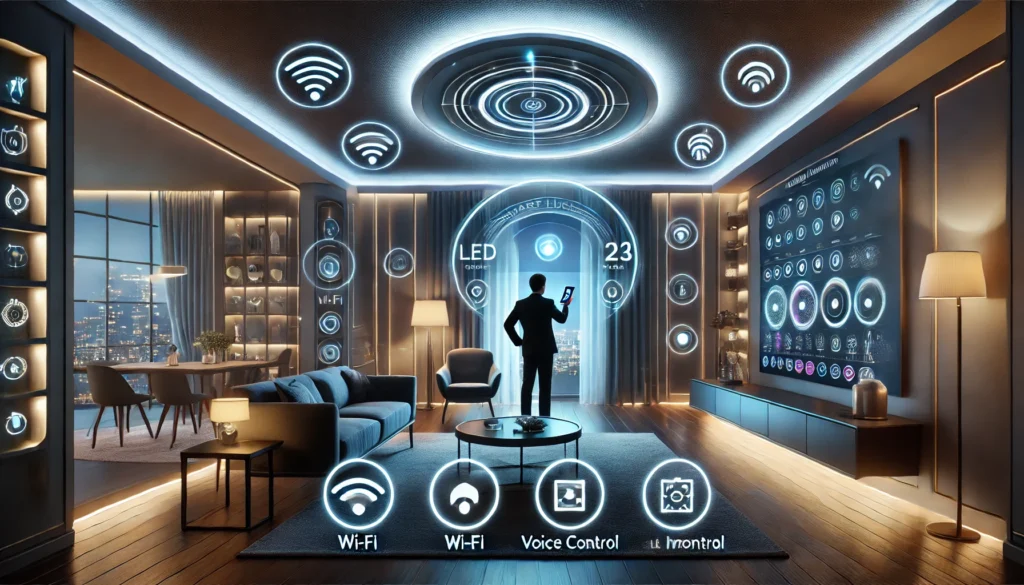
Case Study: Smart Lighting in a Modern Home
I worked with a homeowner who wanted a fully automated smart lighting setup. We installed:
- Philips Hue bulbs in all rooms, synced with motion sensors.
- Lutron Caseta dimmers for main living areas.
- Govee LED strips for accent lighting in the entertainment space.
- Automated scenes using Home Assistant, such as “Relax Mode” (warm lighting at 30% brightness in the evening).
Results: The homeowner reduced energy consumption by 35% and significantly improved convenience.
Installation and Setup Guide
Step 1: Choose the Right Smart Lighting System
Consider your needs and budget before selecting a system.
Step 2: Install and Configure the System
Follow the manufacturer’s instructions for installing bulbs, switches, or hubs.
Step 3: Connect to a Smart Home Ecosystem
Integrate your lights with platforms like Amazon Alexa, Google Home, or Apple HomeKit.
Step 4: Set Up Automation and Routines
Create schedules, scenes, and automation settings to maximize convenience.
Advanced Automation Ideas:
- Wake-Up Lighting: Gradually increase brightness in the morning.
- Security Lighting: Lights turn on when motion is detected.
- Nighttime Pathway Lighting: Hallway lights automatically dim at night.
- Entertainment Scenes: Set specific lighting for movie nights or gaming sessions.
Troubleshooting Common Smart Lighting Issues
Connectivity Problems:
- Ensure the Wi-Fi signal is strong near smart bulbs.
- Use a dedicated smart home hub for Zigbee-based lights like Philips Hue.
Unresponsive Lights:
- Restart the bulb or reset via the app.
- Check if the firmware is up to date.
Flickering Lights:
- Some LED smart bulbs flicker if used with a non-compatible dimmer switch.
- Try adjusting the dimming range in the app.
Pros and Cons of Smart Home Lighting
Pros:
- Enhanced convenience and automation
- Energy efficiency and cost savings
- Improved home security with remote access
- Customizable ambiance and mood lighting
Cons:
- Higher upfront cost compared to traditional lighting
- Potential compatibility issues with older wiring
- Dependence on a stable internet connection
My Recommendations
- Best Overall Smart Bulbs: Philips Hue White and Color Ambiance
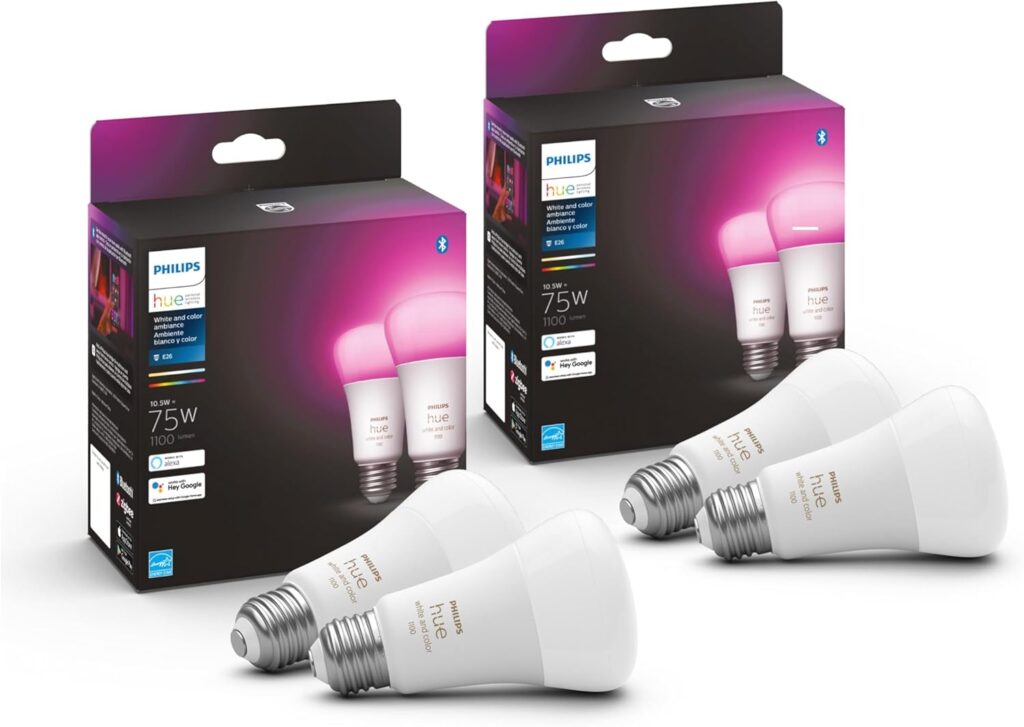
- Best Budget Option: TP-Link Kasa Smart Bulbs
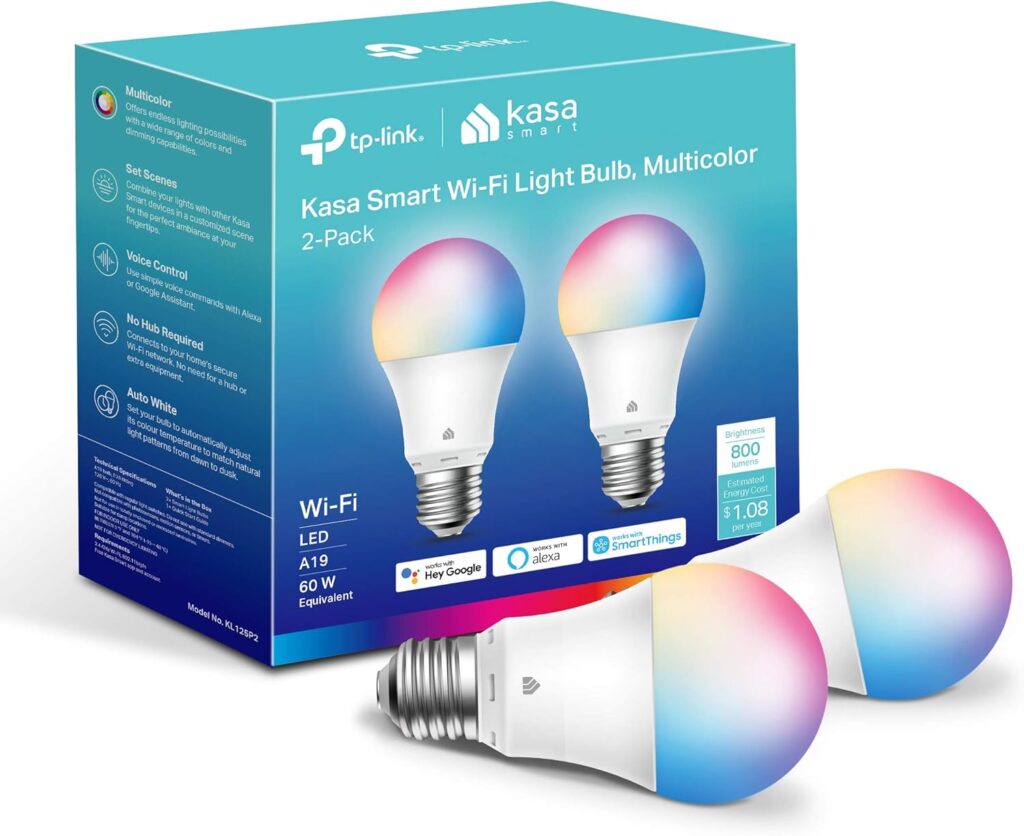
- Best Smart Switches: Lutron Caseta
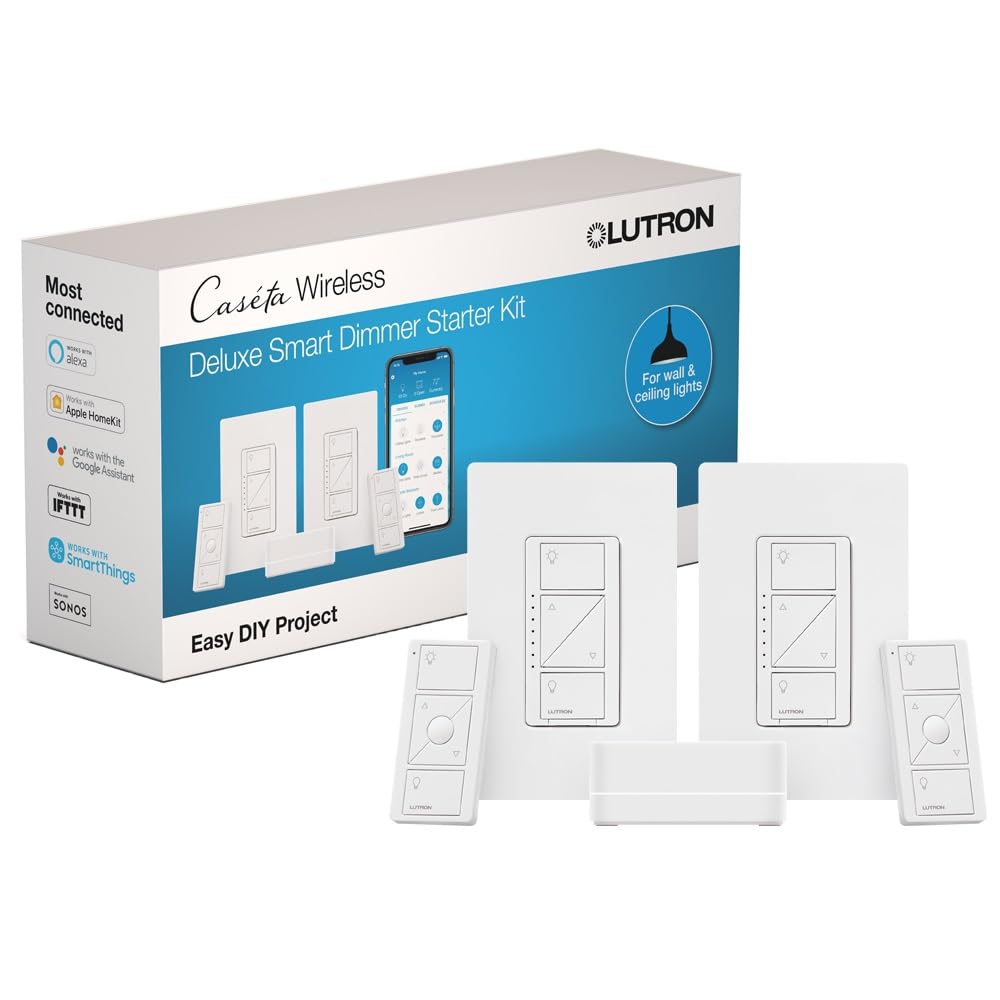
- Best LED Strips for Accent Lighting: Govee RGBIC Pro
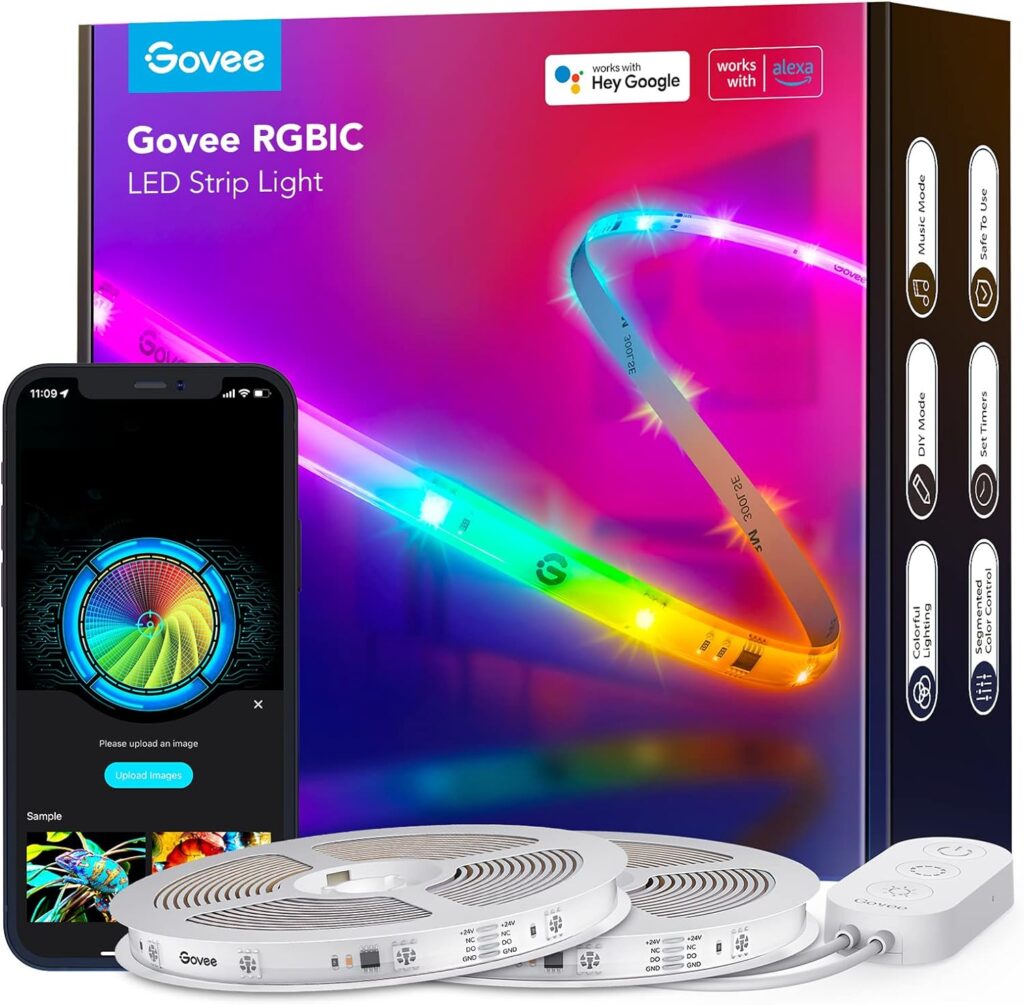
- Best Smart Home Integration: Lutron Caseta with Smart Bridge
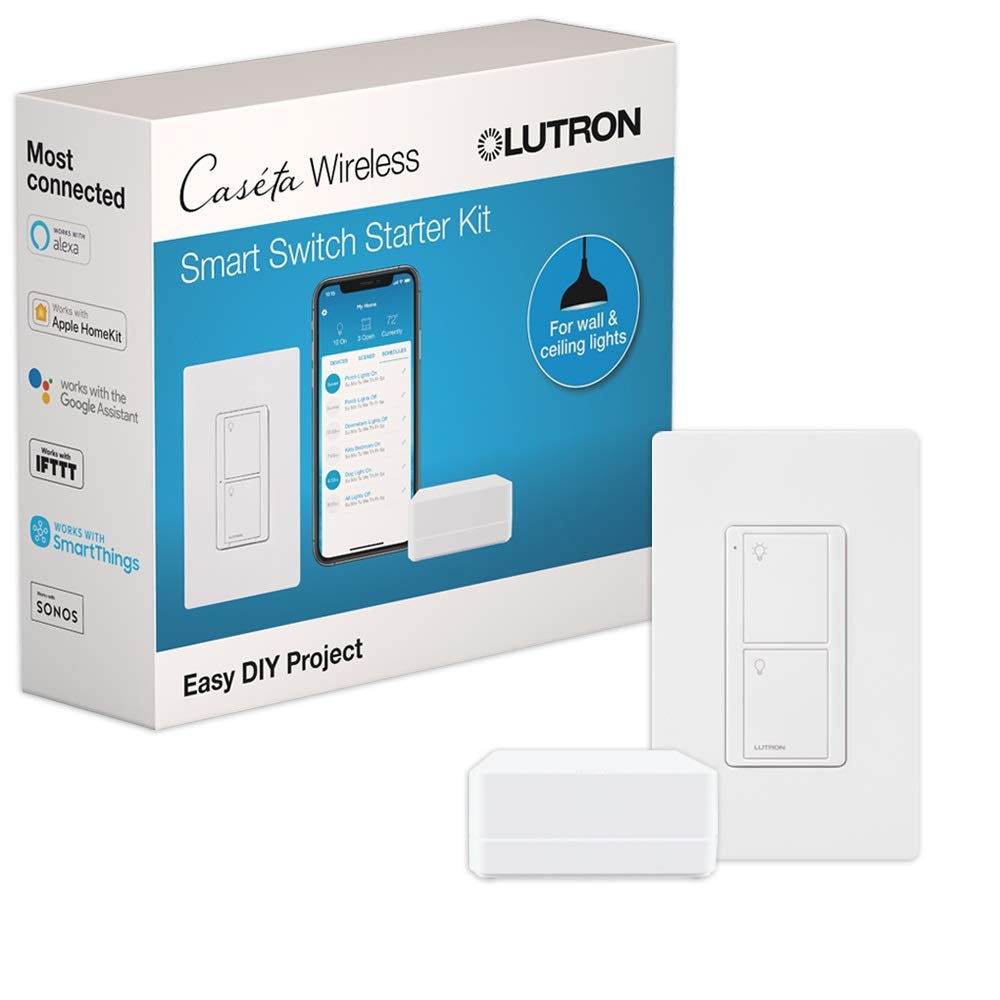
Conclusion
Smart home lighting is a game-changer for modern homes. Whether you’re just starting or looking to upgrade your existing setup, there are options available for every budget and need. Through my personal experiences and testing, I can confidently recommend various products that offer great performance and reliability. If you’re looking to enhance your home with smart lighting, now is the perfect time to make the switch.

SAMMY MWANGI the editor of Autohomegadgets.com. He is an Electronics Technician enthusiast and a Sales Manager in one of the leading ICT companies in Africa. When he is not working, he loves to travel and explore nature. He is a Robot fanatic too.

